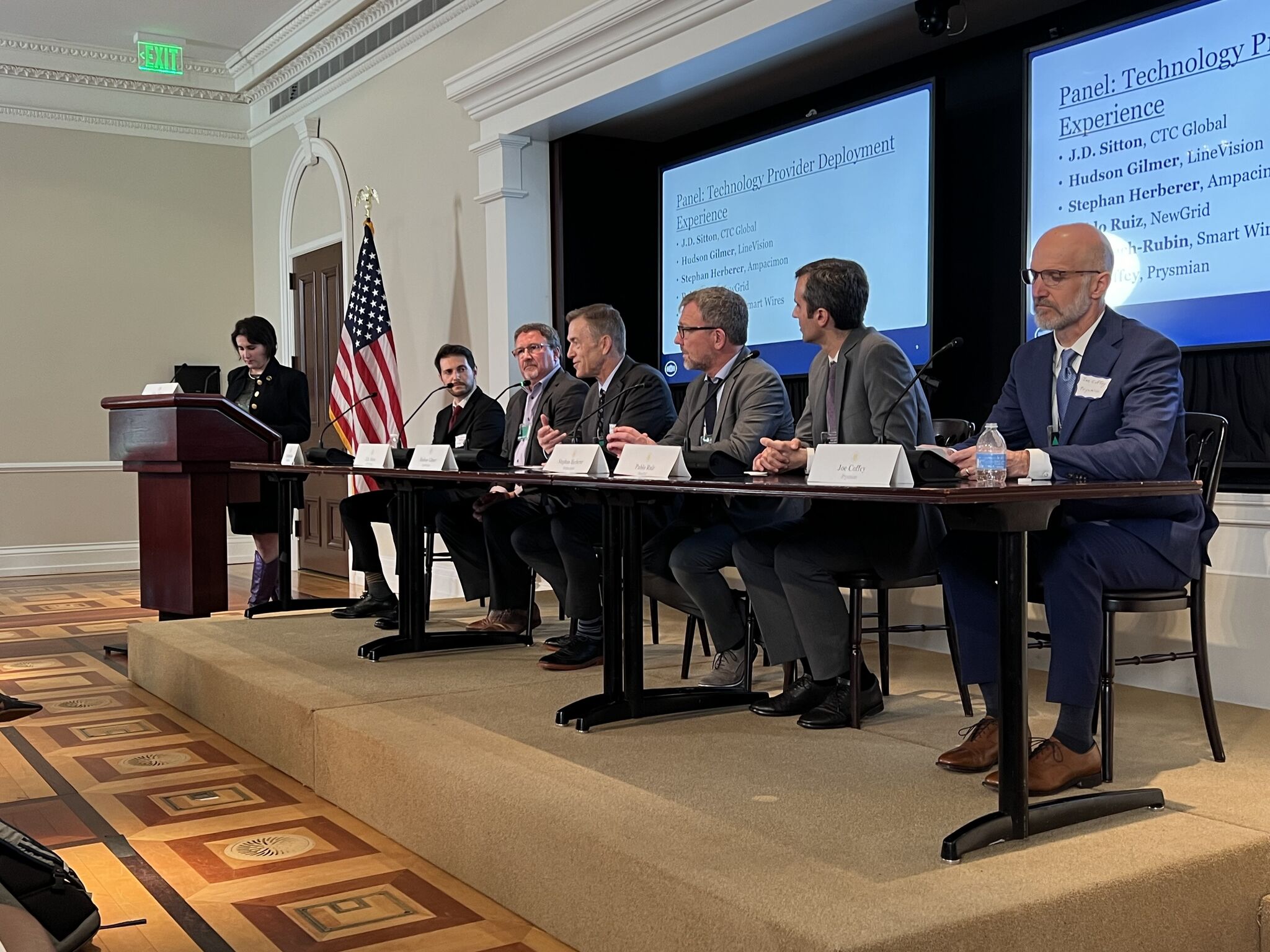Senators Joe Manchin and John Barrasso unveiled the Energy Permitting Reform Act of 2024, a bipartisan initiative aiming to streamline energy project approvals and enhance transmission infrastructure planning. Introduced amidst calls for reliable and cost-effective energy solutions, the bill strengthens the Federal Energy Regulatory Commission (FERC) by granting it expanded authority to approve transmission lines under national interest criteria, replacing the outdated National Interest Electric Transmission Corridor process.
Central to the bill is a mandate for interregional transmission planning, requiring neighboring regions to collaboratively draft plans that optimize grid reliability and affordability. It also introduces provisions incentivizing the use of advanced conductors to maximize existing infrastructure efficiency. Reflecting broader industry support, groups like the American Clean Power Association and Solar Energy Industries Association favor the bill for its potential to accelerate renewable energy deployment.
Despite endorsements, the bill faces political hurdles. Devin Hartman of the R Street Institute notes the challenging legislative path ahead, suggesting the best opportunity for passage may come during a “lame duck” session post-election. However, if not enacted this year, it could set the stage for robust debate in the next Congress, building on prior bipartisan support for permitting reforms.
The legislation also mandates timely processing of energy and mineral project permits, establishes clear guidelines for onshore and offshore energy development, and sets deadlines for liquefied natural gas export approvals. It seeks to balance environmental safeguards with expedited project timelines, emphasizing FERC’s role in ensuring fair cost allocation among project beneficiaries.
Critically, the bill eliminates the Secretary of Energy’s authority to designate National Interest Electric Transmission Corridors, opting instead for a streamlined approval process directly managed by FERC. It proposes compensation mechanisms for communities hosting transmission facilities, underscoring efforts to mitigate local impacts.
In conclusion, while the Energy Permitting Reform Act of 2024 aims to modernize energy infrastructure and bolster grid reliability, its success hinges on navigating complex legislative pathways and addressing divergent industry and environmental group perspectives. As stakeholders debate the bill’s merits, its advancement could signal a significant shift towards a more efficient and sustainable energy future in the United States.





